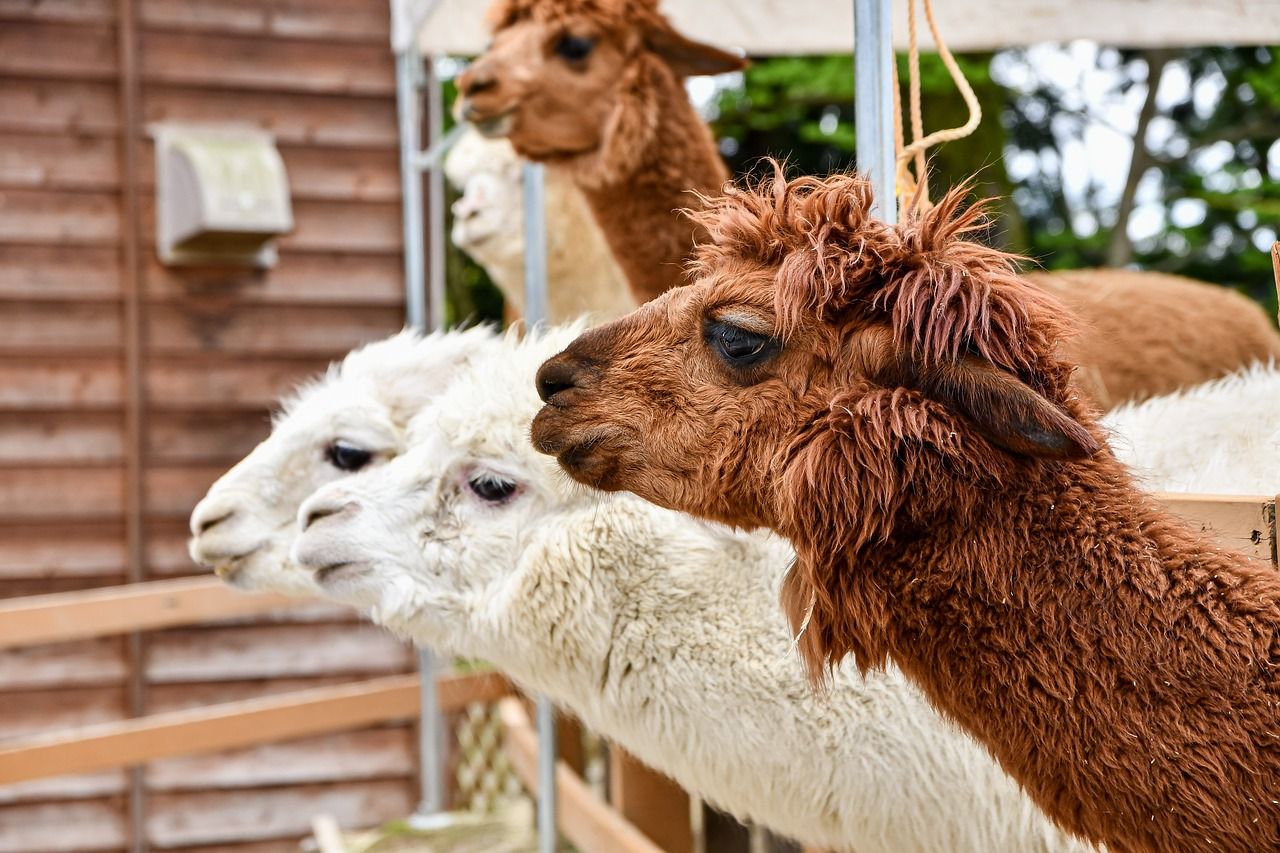Follow us on Google News (click on ☆)
On May 16, USDA's National Veterinary Services Laboratories confirmed the infection. Although this is a first for these members of the camelid family, the agency stated that it was not particularly surprising. The infected poultry on the farm had been "depopulated" this month. Among the 18 alpacas present, only four tested positive, with no fatalities reported.

Illustrative image Pixabay
Genomic sequencing indicates that the H5N1 virus infecting the alpacas matches the one currently circulating among dairy cows in the United States and farm birds. According to the Alpaca Owners Association, more than 264,000 alpacas are registered in the United States.
This discovery does not represent an increased threat to the general public, but it highlights the concerning ability of the virus to spread to mammals. Since May 2022, the USDA has documented hundreds of H5N1 cases in a wide variety of mammals, including dairy cows, mink, raccoons, foxes, cats, seals, bears, cougars, dolphins, goats, and coyotes.
Each new infection offers the virus the opportunity to adapt to better infect and spread among mammals. When the virus is transmitted to mammals in close contact with humans, the risk of adapting to human-to-human transmission increases.
The USDA and local authorities continue to monitor the presence of H5N1 in dairy herds. According to the latest data, at least 66 herds in nine U.S. states have been infected. Scientists have closely monitored the H5N1 virus for about two decades. While it mainly affected birds until recently, it is now infecting a broader variety of wild and domestic mammals, raising concerns about possible human-to-human transmission.